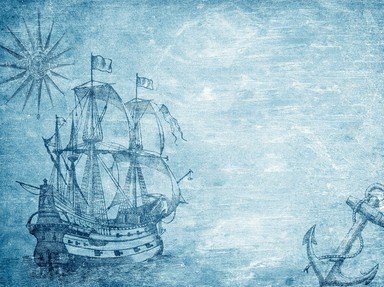Quiz Answer Key and Fun Facts
1. In 1534, French explorers began to chart which North American river with the intention of beginning a colony?
2. Although Giovanni da Verrazzano was the first explorer to claim land in the New World for France, which explorer was the first to claim land that was known as New France?
3. Who was the King of France in 1534 when the overseas empire of New France was started in North America?
4. In North America the area known was New France was divided into four administrative districts. Which of the following was NOT part of New France?
5. The French made several attempts to permanently colonize their overseas empire of New France before founding a successful colony.
6. The many resources in New France provided incentive for colonization in 1534. However, which resource was considered most valuable by the first Frenchmen in New France?
7. There were no native peoples living on the land that France colonized in North America.
8. Which of the following is considered to be the first successful North American settlement of New France?
9. The second permanent settlement in New France was made by Samuel de Champlain in 1608. What was it called?
10. The French government selected young men to live with native peoples to learn their languages and customs in order to help the French adapt to life in New France. What were these adventurers called?
Source: Author
ponycargirl
This quiz was reviewed by FunTrivia editor
bloomsby before going online.
Any errors found in FunTrivia content are routinely corrected through our feedback system.


